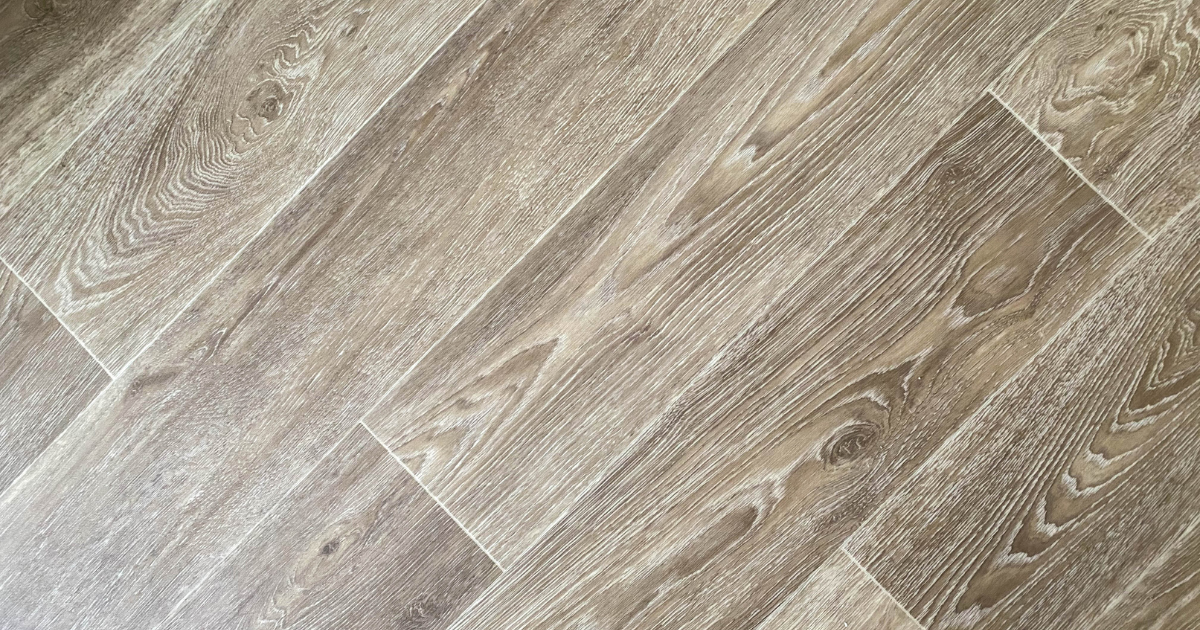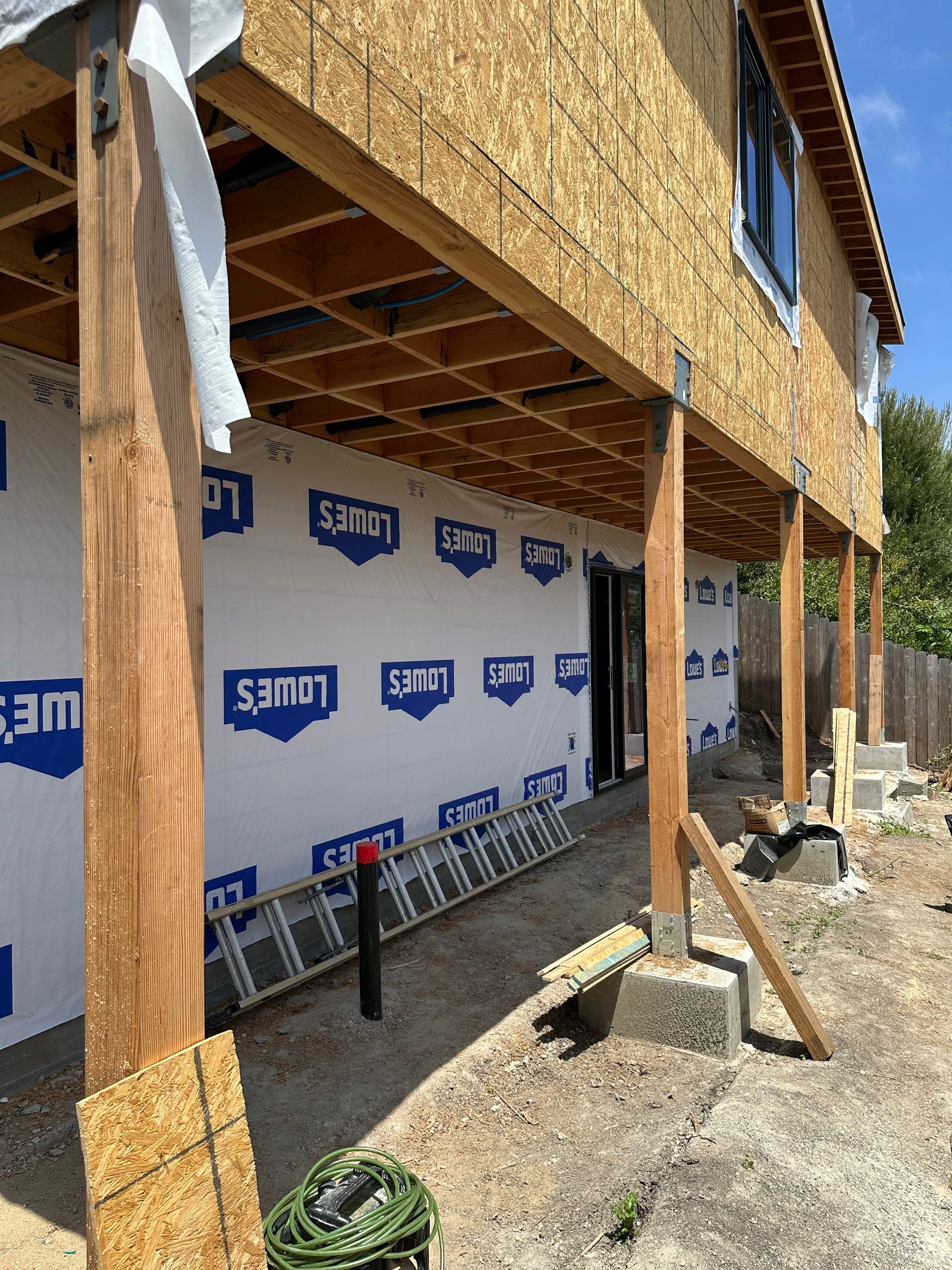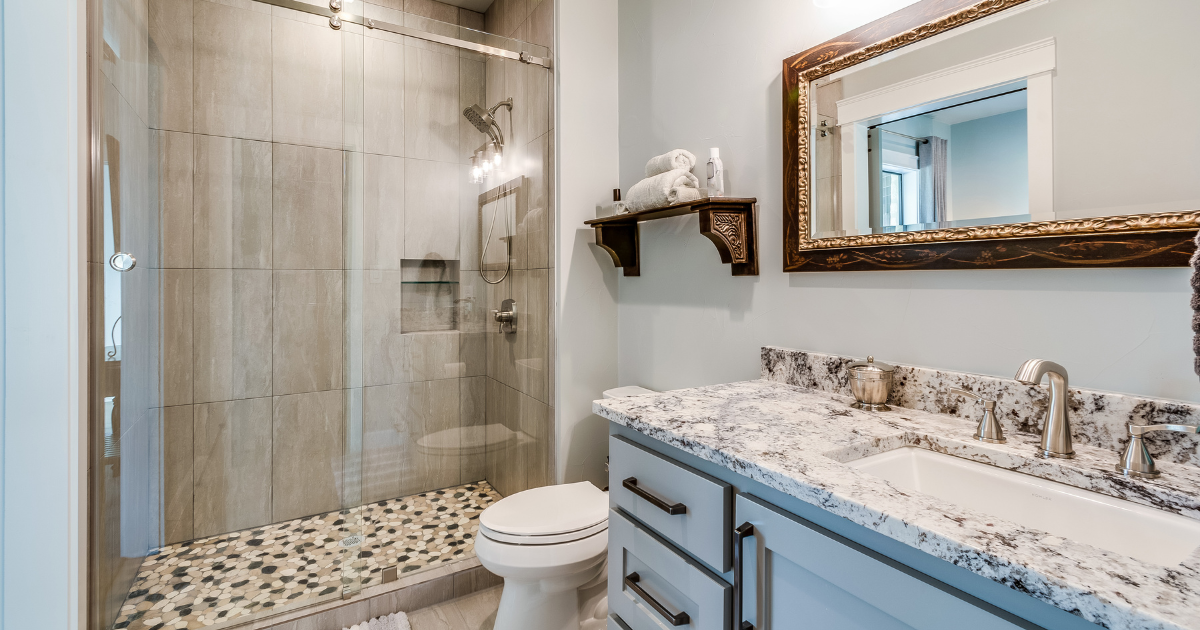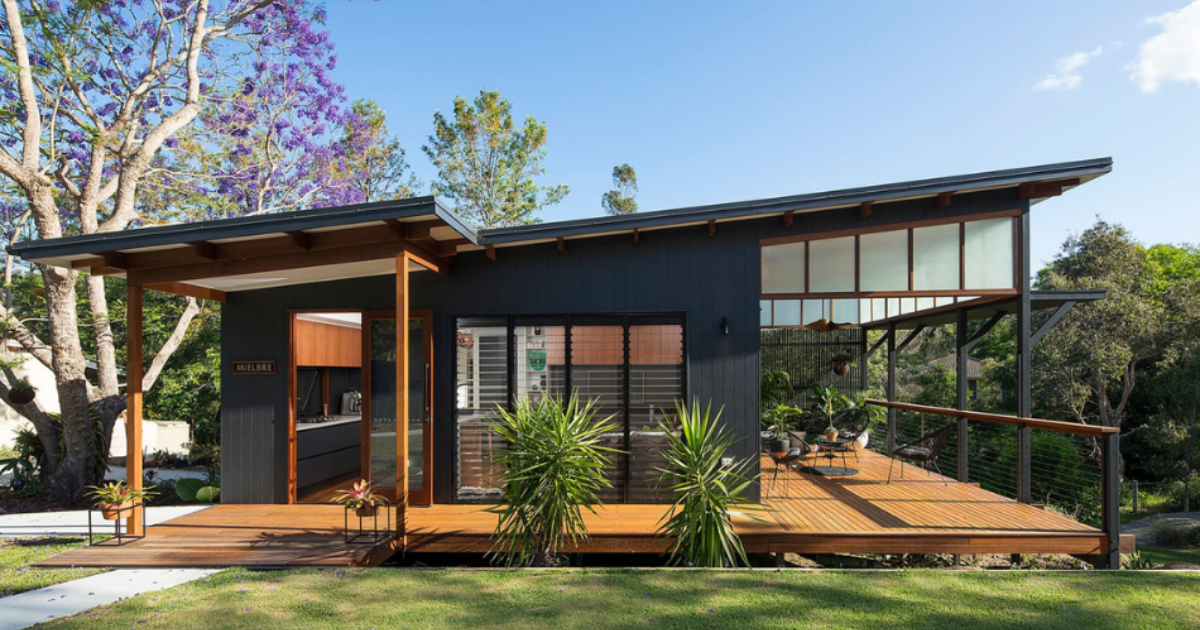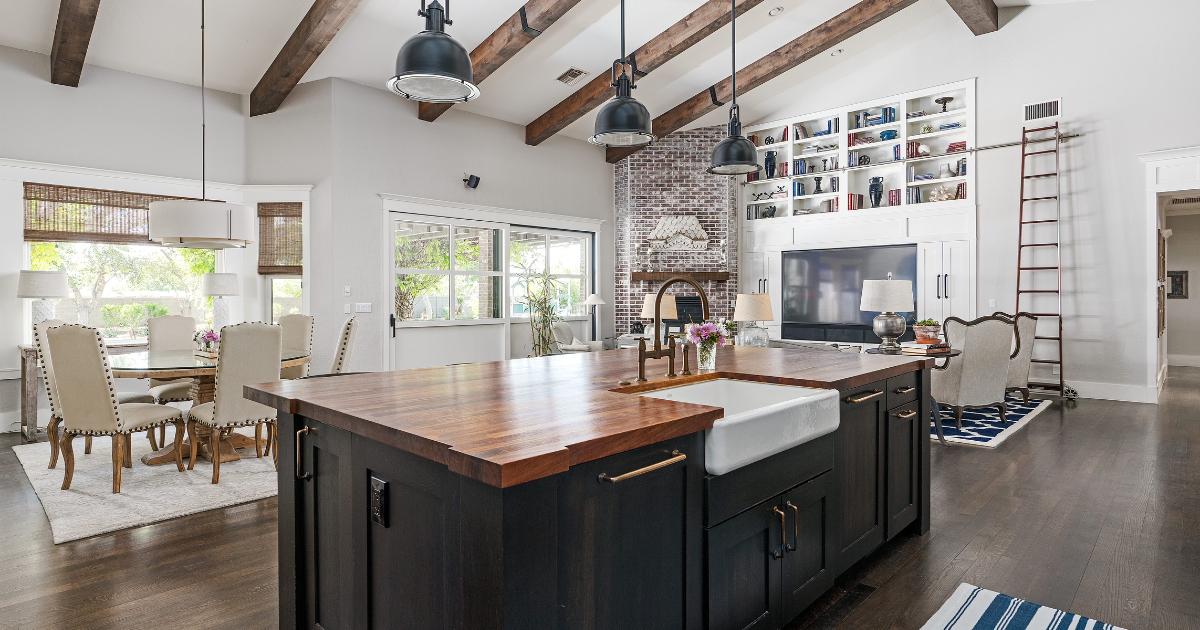ADU Laws Explained: What Homeowners Need to Know
If you’re considering building an accessory dwelling unit (ADU) on your property in Carlsbad, Murrieta, or surrounding Southern California, you need to understand how ADU laws work. Local ADU regulations and ADU zoning laws can make or break your project. At MasterCrafthi, we help homeowners navigate these ADU legal requirements so they can turn extra space into something valuable—but it all starts with knowing what’s allowed and what’s not.
What Is an ADU — and Why Now?
An ADU (Accessory Dwelling Unit) is a secondary living unit on the same lot as your primary home. It can be detached, attached, or converted from existing structures (like a garage or part of the main house). ADU laws in California have evolved rapidly in recent years to encourage more housing supply, reduce red tape, and standardize what local cities can ask of homeowners.
Statewide Baseline: What ADU Laws Require Everywhere
Across California, ADU legal requirements are rooted in state-level reforms that limit how much local governments can restrict ADU development. Some key statewide rules include:
- Cities must approve ADU permit applications ministerially, without a discretionary hearing, if the project complies with objective standards (i.e. no arbitrary rejections).
- Local ADU regulations cannot impose owner-occupancy requirements indefinitely (many owner-occupancy mandates have been rolled back).
- Parking rules are limited: in many cases, you don’t need additional parking if your home is near public transit, or if the ADU is created by converting existing space.
- Size limits are defined: e.g. detached ADUs are often capped (locally) around 1,200 sq ft, while attached ADUs may be limited to 50% of the main home’s footprint (or other local caps).
- Setback rules: ADU zoning laws generally can’t demand setbacks more than 4 feet on the side/rear, per state code.
These state-level guardrails prevent cities from overrestricting ADU development—but you still must follow your city’s ADU laws and ADU regulations.
Carlsbad ADU Regulations: What You Need to Know
In Carlsbad, the local ADU regulations are relatively progressive. Here’s a breakdown:
- Detached ADUs must maintain minimum 4-foot setbacks from side and rear property lines.
- Attached ADUs (or conversions) follow the setback rules of the primary structure but still must meet other zoning rules.
- Maximum sizes: Attached ADUs can be up to 50% of the main dwelling or 1,200 sq ft, whichever is less, but not less than 800 sq ft minimum. Detached ADUs can be up to 1,200 sq ft (one story, generally up to 16 ft height).
- Height limits: detached units usually up to 16 ft; if your lot is near major transit, slightly higher allowances may apply.
- Parking: Carlsbad’s ADU zoning laws relax parking requirements—if you’re within a half-mile of transit, or if converting existing space, you may be exempt. Also, new rules (e.g. SB 1211) mean you don’t always need to replace parking when converting garages.
- Permit-Ready ADU Program: Carlsbad provides pre-approved ADU plans to streamline design, to reduce time and cost for homeowners.
If your ADU meets Carlsbad’s objective ADU regulations, the city must approve it without discretionary review.
Murrieta ADU Rules: What Homeowners Should Watch Out For
Murrieta’s local ADU regulations similarly follow state law but also add some city-specific requirements. Here’s what to know:
- ADUs are allowed “by-right” (ministerial building permits) if conditions are met.
- Setbacks: 4 ft from side and rear property lines is typical.
- Size caps: Attached ADUs may be limited (often up to 50% of primary residence or 1,200 sq ft). Detached ADUs have their own caps.
- Use rules: ADUs must include full living, sleeping, cooking, and sanitation facilities.
Parking: Off-street parking may be required unless exemptions apply (e.g., ADU is converted from existing space, or near transit).
In addition, Murrieta’s code outlines that ADU permits are ministerial (no public hearings), as long as applicants comply with objective standards.
Tips & Best Practices to Stay Compliant With ADU Zoning Laws
- Start with your city’s ADU regulations: Request ADU handbooks or information bulletins from Carlsbad or Murrieta.
- Use pre-approved plans if available (e.g. Carlsbad’s Permit-Ready Program) to avoid delays.
- Stay within limits on size, height, and setbacks—state law limits how strict local ADU laws can be, but you still must obey them.
- Check parking rules carefully—transit proximity or conversions often allow exemptions.
- Record legal restrictions: Many cities require you to record a covenant or “notice of restrictions” that prohibits short-term rentals (<30 days), or ensures the ADU remains tied to the primary home.
- Consult professionals early: The code, building, and zoning layers can be tricky—architects and builders versed in ADU laws can prevent surprises.
Why Understanding ADU Laws Matters for Your Project
Ignoring local ADU legal requirements or ADU zoning laws can lead to permit denials, stop orders, costly redesigns, or forced removal. But when you design your ADU to align with both state baseline rules and your city’s specific ADU regulations, your project has a much higher chance of smooth approval.
At MasterCrafthi, we specialize in guiding clients in Carlsbad, Murrieta, and beyond through the entire ADU process—from conception to compliance, permitting, and construction.
If you’re ready to explore your ADU options, get in touch. We’d love to help you build an ADU that’s legal, beautiful, and built to last.



